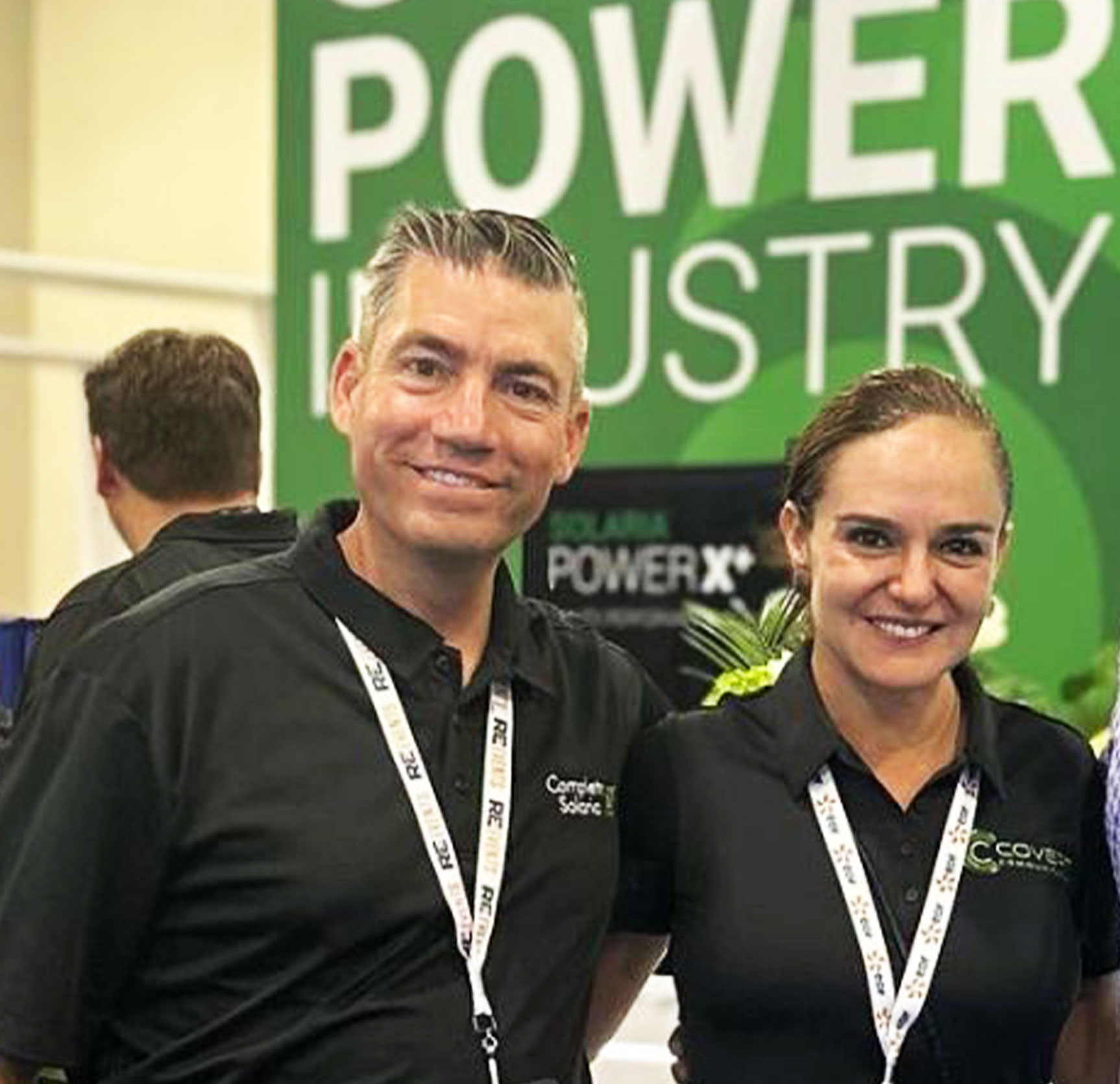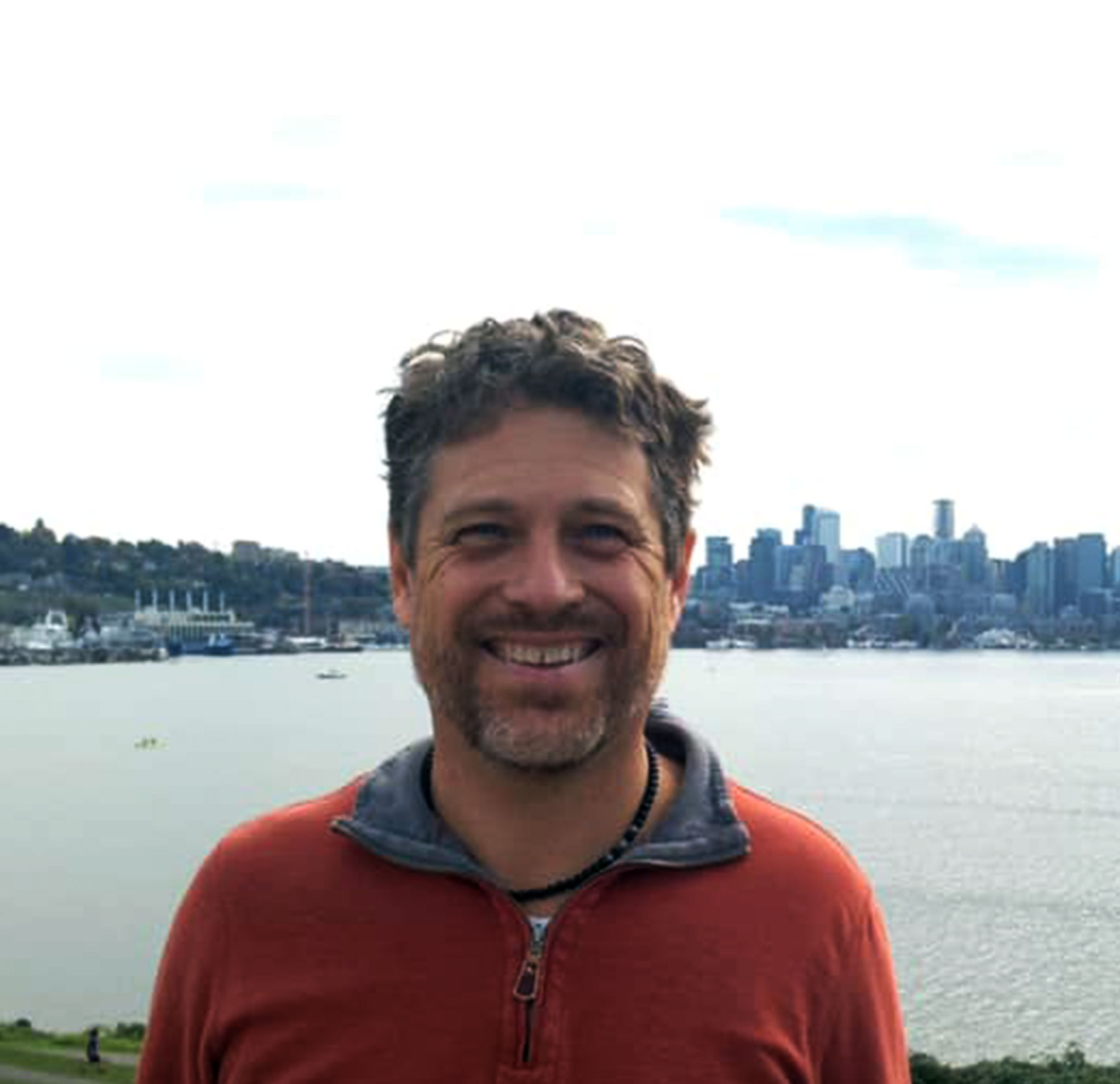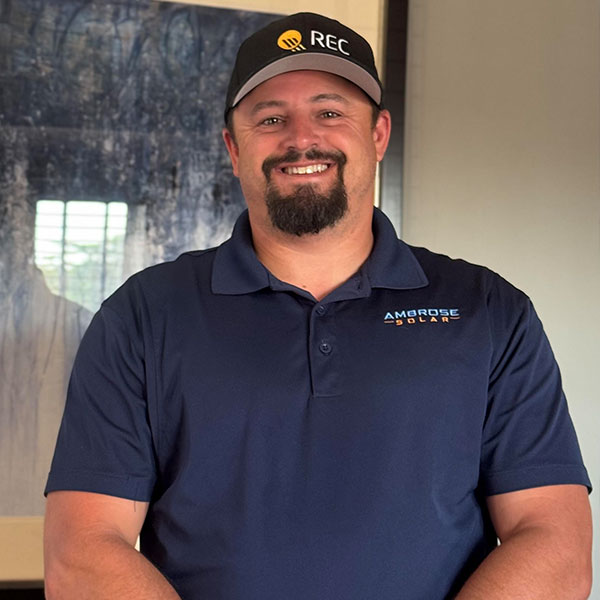Outbound and Unstoppable: Wolf River’s Solar Sales Engine
In November of 2024, Justin and his team at Wolf River Electric launched an internal transformation that would flip the traditional solar sales model on its head. Based in Minnesota and now serving five states—MN, WI, IA, ND, and SD—Wolf River is rapidly expanding to dominate the Midwest. They handle it all: residential, commercial, electrical, and even construction through their parent company, Wolf River Construction, making them an unstoppable force in the region.
As industry uncertainty shook the solar space—policy shifts, rising CAC, dealer chaos—Wolf River leaned in. They didn’t flinch. Instead of relying on costly lead vendors or unsustainable sales partnerships, they chose to own every step of the process. What they built wasn’t just a pivot—it was a long-term blueprint for growth, resilience, and control.
Within 12 months, they had built one of the most powerful internal call centers in the industry—generating over 90% of their own leads, training hundreds of new team members each month, and scaling a self-sufficient sales engine that eliminated the need for unstable dealer models or third-party blitz teams. Their approach? Ruthlessly focused on effort over ego, culture over chaos, and consistency over commissions. This wasn’t about finding solar pros—it was about building them.
I sat down with Justin Nelisen, a principal at Wolf River and VP of Sales, to learn exactly how they did it—and why their model is changing the game.
CASE STUDY: Super Setters, Not Solar Bros
Anna: Justin, before you built the call center, what was broken about the way solar companies were selling—and what did you see that nobody else was willing to admit?”
Justin: Because it was broken. The old way—where a rep generates their own lead, runs the pitch, and closes the deal—sounds efficient, but it’s not. If you’ve got someone who’s a killer in the seat, why waste their time door knocking? The best thing you can do for your company—and for them—is to get them in meetings all day. Period.
We knew we had to flip the script. So we built an internal funnel from scratch. Setters focus on opening the door. Closers focus on converting. And we built a system around that, from recruiting to training to tech. Within a year, we weren’t just functional—we were dominating. 90% of our sales come from in-house generated leads now. No partners. No fluff. Just performance.
Anna: You didn’t just flip the script—you lit it on fire. What’s your philosophy behind finding setters who can actually make this thing run?
Justin: We’re not out here chasing experienced sales reps—we’re building something bigger. We bring in people from all walks of life: gas station clerks, HR admins, retail workers, and servers. What they all have in common is drive. Hunger. And we give them something rare—a real path forward.
Start as a setter. Become a closer. And if you’re willing to put in the work, you can build a future most people only dream about.
This isn’t just about a job—it’s about transformation. Our mission is to create opportunities where others overlook them. We show people the trajectory, and those who commit? They don’t just find success—they find purpose.
We reinforce that purpose every single day. We rally the team every morning—live or virtual—and we remind ourselves why we’re here.
We’re not just booking appointments. We’re building careers. Creating freedom. Changing lives. Ours—and the people we serve.
Anna: What about the people who don’t stick?
Justin: They self-select out. If they leave, it’s because they weren’t ready to commit—and that’s okay. This isn’t a 9-to-5. It’s a performance culture. Setters are paid on commission for a reason: you eat what you hunt.
We don’t expect perfection. We don’t even expect experience. What we do expect is effort—time in the seat, calls made, action taken.
Everything else? We can teach it. Setting appointments, closing deals, using the tech—it’s all learnable. But hunger? That’s on you. And if you’ve got it, we’ll give you the roadmap to change your life.
That’s why activity matters. It shows us who’s serious. The ones who grind, stay coachable, and show up every day—those are the ones who rise. They become closers. They start building real freedom. This isn’t just about money. It’s about ownership. And once they taste that? They never go back.
Anna: Let’s talk about the people on both ends of the call—your team and your customer base. Most companies assume there’s a “type” that fits solar sales and a “type” that buys solar. But you’ve proven that’s not the case. What have you seen when it comes to the range of people succeeding on your team—and who you’re actually calling every day?
Justin: What’s wild is how wide the range really is—on both sides of the phone. Our setters? Every age, every gender, every background. We’ve got people in their twenties, and we’ve got closers in their sixties and seventies crushing it. Doesn’t matter what box society puts them in. If they’ve got hustle and can follow a process, they belong here.
And the customers were calling? Same thing. Most people think solar is just for young homeowners in tech-savvy neighborhoods. Not even close. A huge part of our base is older—retired, fixed income; maybe they’ve never clicked a digital ad in their life. But they pick up the phone. They’re curious. And they actually listen.
That’s what makes the call center model so powerful. We’re reaching the same audience door knockers are chasing—but we’re doing it at scale. While most companies are buying expensive digital leads or relying on third-party providers, we’re having real conversations with people who still answer the phone during the day. Boomers. Veterans. Widows. Grandparents. And they’re grateful to have someone explain it clearly—without pressure, without a pitch at the door.
Anna: You’ve got people from all walks of life stepping into this system—and customers who actually want to talk. But training 100 people a week? That’s no joke. What does the machine behind this look like? What’s the system that makes all this scalable?
Justin: Yeah—people hear we’re training 100 new reps a week and think we’re crazy. But that’s the system. We built this thing to scale fast, without babysitting. It’s structured, it’s repeatable, and it’s brutal in the best way.
The first week is bootcamp. One size fits all. We don’t tailor it to personality types or learning styles—we run it like the military. Visual learner, audio learner—it doesn’t matter. Get in, gear up, and adapt. If you can’t handle the pace or the tech, you’re out before you waste your own time.
Once they’re through training, they’re in the seat. Real calls. Real reports. Real accountability. We use GHL for tracking, Slack for communication, and CallTools for dialing. That dialer changed everything. It’s the difference between showing up to a gunfight with a musket—or an automatic. You go from making one call at a time to running 10 lines at once. No gaps. No missed chances.
But here’s the thing: we still measure people by effort, not just outcomes. The dialer might fire 500 calls, but we’re watching who’s actually answering them. Who’s logging in? Who’s staying consistent? Results come later. Activity tells the truth first.
We don’t expect everyone to make it. That’s why we’re not afraid of churn. It’s part of the math. We’re looking for the 1%—the ones who rise above. And when we find them, we feed them. Setters become closers. Closers become leaders. And the whole system just keeps getting stronger.
Anna: You’ve mentioned before that a lot of companies chase dealer teams or blitz crews—thinking it’s the fastest path to growth. But you’ve taken a completely different path. Why did you decide to walk away from the dealer model—and what do most EPCs get wrong about it?
Justin: The dealer model is seductive—but it’ll bleed you dry if you’re not careful. Here’s how it usually goes: a sales org or blitz crew rolls into town, promises volume, asks for your lowest redline, and tells you they’ll flood your pipeline. And yeah, they might sell 100 jobs—but at what cost? They don’t care about your brand. They don’t care about your process. They’re chasing paychecks, and the second you can’t match the next EPC’s redline, they’re gone.
Worse, they’ll promise the customer the moon—no shading issues, full tax credits, install next week—and now you’re left holding the bag. Bad reviews. Canceled jobs. Reassignments. It’s chaos. You didn’t grow—you just outsourced your name to someone who never had skin in the game.
We saw it early. We saw how fast you can lose control when you rely on outsiders to build your business. That’s why we walked away. We built from the inside. Trained our own. Paid on performance. And now our pipeline? 90%+ self-generated. Predictable. Scalable. We own the front end—and because of that, we can control the back end.
If you’re serious about staying in this business long-term, you have to own your demand. That’s the difference between a solar company and a sales hustle. One builds a legacy. The other leaves wreckage.
Anna: Let’s go deeper—why is bringing on seasoned dealer closers one of the most dangerous moves a solar company can make?
Justin: Because they come in already broken—and they’ll break your system if you let them.
These guys have been trained to chase steak. One big deal, one big commission, then disappear. They’re addicted to the kill, not the process. So when you give them structure, consistency, and a real opportunity to scale? They resent it. They think they’re above it. And worst of all—they poison your culture.
Here’s the analogy I use: a dog that gets fed kibble three times a day is happy. He’s consistent, loyal, and easy to train. But if he jumps the fence and tastes blood, now he’s a problem. He won’t come back to kibble—he wants the chase. That’s the steak-chasing rep. They don’t want a system. They want a high.
That’s why we train fresh. People who don’t have bad habits to unlearn. People who value consistency, want growth, and are coachable. We give them real opportunity—and in return, they give us loyalty, performance, and a better customer experience.
This model works better for everyone. The closer gets steady volume and income. The company keeps margin and control. And the homeowner talks to someone who actually gives a damn—not someone just trying to squeeze a fat check out of the deal.
That’s the difference. That’s the future.
Anna: Let’s talk about what happens after the set—because booking the appointment is just the first step. How do you make sure your closers take full ownership of that handoff, and what kind of results are you actually seeing from these outbound leads?
Justin: One thing I want to be clear about—the closer has to own the appointment. But before that, the handoff has to be clean. The setter doesn’t just set and forget it—they’re responsible for making sure it was assigned properly, that it landed in the right hands, and that the closer followed up to confirm. It’s a team effort up front—but once the appointment’s booked and confirmed, it’s the closer’s job to run with it.
Check the CRM, prep the call, and follow up if needed. That accountability makes all the difference. And we track every step.
Now look—we’re not dealing with warm, inbound leads here. These are outbound. People who didn’t search for solar. They didn’t fill out a form. They just answered their phone. And from that? We’re getting a 33% sit rate.
One out of three.
That’s huge for outbound. Most companies are used to people who are already halfway sold—form submissions, ads, referrals. Ours? We’re starting from zero. Sometimes even negative—skepticism, hesitation, distrust. So when one out of three still shows up and runs the sit? That tells you our system works. It tells you our team follows through.
Anna: And it proves one thing: effort, ownership, and process beat relying on lead source quality alone—because when you control the follow-through, even a cold lead becomes a real opportunity.
Justin: Yes! At the end of the day, we didn’t build this to be flashy—we built it to last. Anyone can sell a few jobs when the leads are hot and the market’s easy. But if you want to build a real solar company, one that can weather the storm, you need structure. You need people who believe in the process. You need to generate your own demand and train your own army.
That’s what we’ve done. And we’re just getting started.
Anna: And that’s the real power here—you’re not chasing the same over-saturated, in-market leads every other company is fighting for. You’ve built a system that takes cold leads—people who weren’t even thinking about solar—and warms them up through real conversations and follow-through. You’re creating your own market, while everyone else is burning through hot leads that cool fast under pressure and fear of making the wrong decision.
Justin: Exactly. We didn’t build this to be flashy—we built it to last. Anyone can close a few easy deals when the demand’s already there. But if you want to build a real solar company—one that’s sustainable, scalable, and stormproof—you build your own pipeline, your own team, and your own future.
That’s what we’ve done. And we’re not slowing down.




